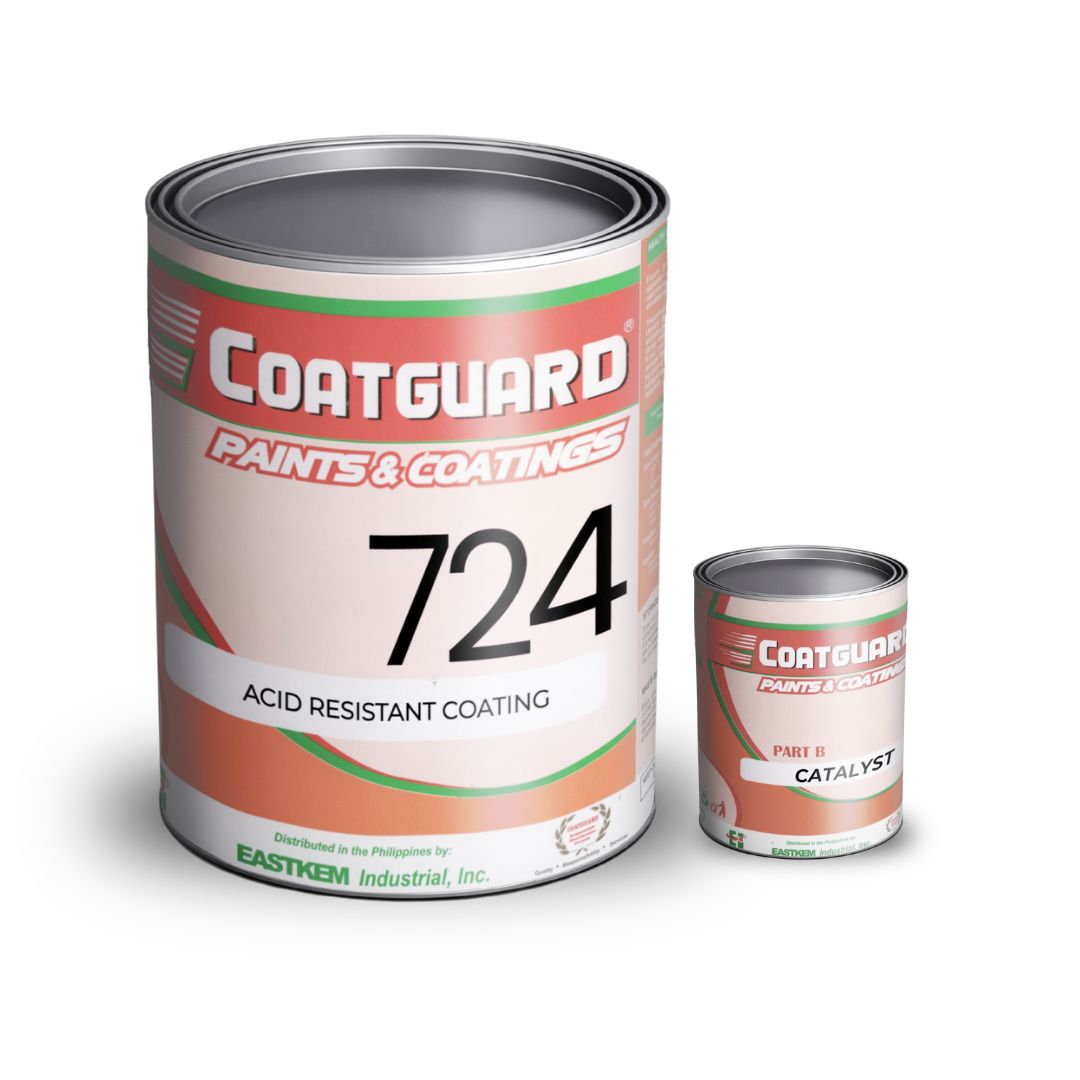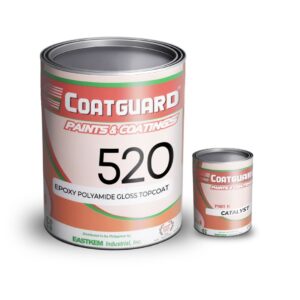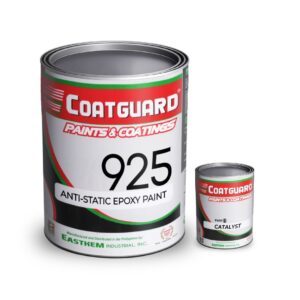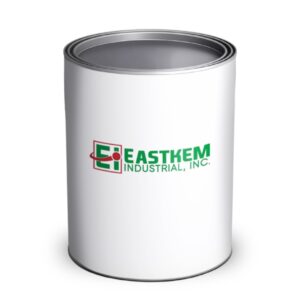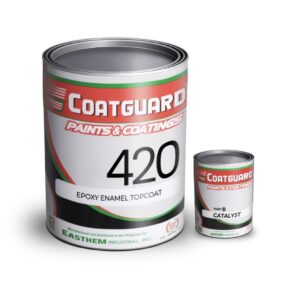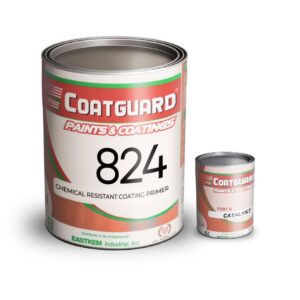Product Overview
COATGUARD 724 delivers superior resistance to acid attack and mechanical stress in highly corrosive settings. Ideal for chemical plants, waste treatment facilities, laboratories, and containment areas.
Key Features and Benefits:
-
Outstanding Acid Resistance: Formulated to resist sulfuric acid, hydrochloric acid, nitric acid, and other corrosive agents.
-
Durable Finish: Offers high abrasion and impact resistance for long-term protection.
-
Smooth, Non-Porous Surface: Prevents absorption and facilitates easy cleaning.
-
Dual Application Use: Effective for both industrial flooring and tank linings.
-
Strong Substrate Bonding: Excellent adhesion to epoxy primers and midcoats.
-
Reliable Protection: Ideal for aggressive chemical processing environments.

